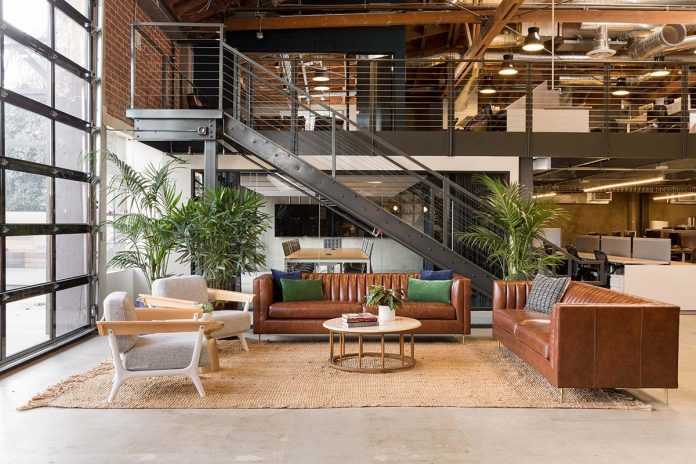With headquarters and offices designed in recent years for Vans, Fender, Dollar Shave Club, Paypal, Dropbox, Ancestry and with many other projects under way, including designs for Google Partner Plex in Tokyo, Unity Technologies in Copenhagen, Goertek in Quingdao, Macquarie in Sydney, CNN in Atlanta, The North Face in Denver, Rapt Studio comes to Milan from the USA for the first time, and it has brought Tell me more, an installation in the warehouses of Ventura Centrale. David Galullo, Design Principal & CEO, speaks with us about their debut in Milan and shares with us the ideas and principles at the core of their mission, not simply designing work environments, but “creating relevant connections between persons, brands and culture” in an interdisciplinary approach. Because the workplace has to be a space in which people live together for extended periods of time, with a common objective, among individual and collective spaces, as well as among personal histories, company values and brand values. And the office becomes a complex microcosm for all of this.
Can you tell me more of your “Tell me more” installation in Milan?
Tell Me More is our debut at Milan Design Week. We wanted to design an installation that spoke to the Rapt mission of building meaningful connections between people, brands, and cultures. We wanted to focus on the simple but powerful act of coming together and sharing conversation and the sense of belonging that it can bring.
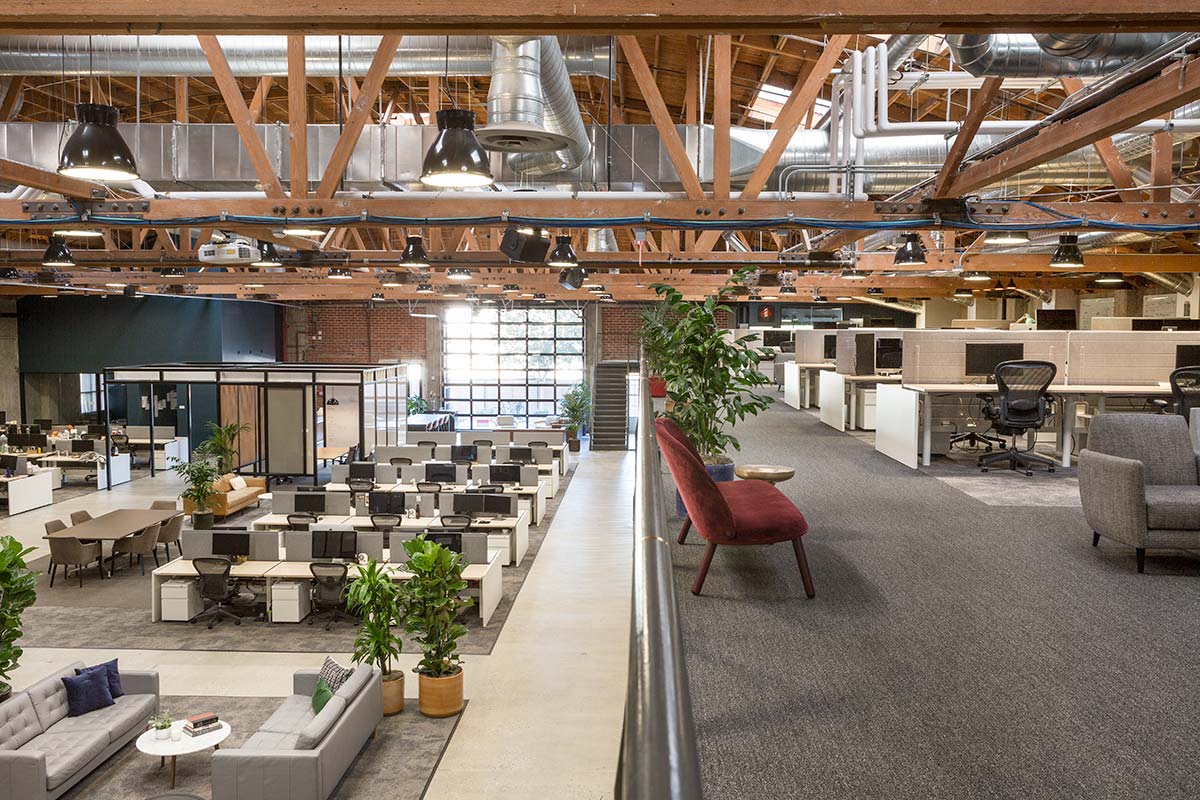
And why did you decide to come to Milan Design Week this year?
We are working with some of the world’s most exciting global brands, and are intrigued with the process of taking the essence of a brand and distilling it through the local culture, and keeping a strong brand story and allowing it to resonate with people across the spectrum of language and tradition. We are doing this now across Europe and Asia. We have also always felt that Milan Design Week is an important gathering of design thinkers. This year, we thought that joining the international design discussion that happens in Milan every year was an important step in our understanding of and participation in the global world of design.
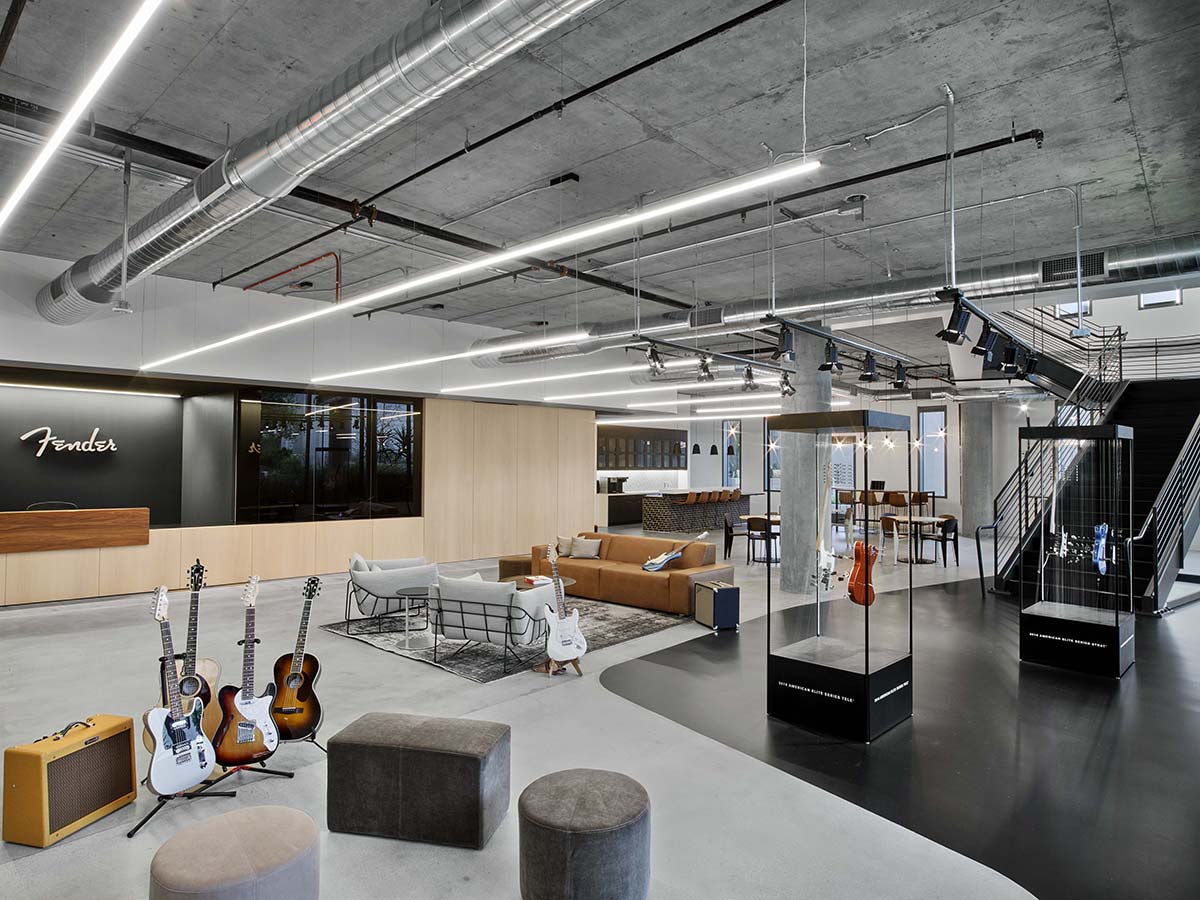
Is a successful design concept made “with big hearts, good instinct, strong beliefs and uncommon curiosity”, according to your statement?
Yes, we believe that great designs come from teams of curious, empathetic, intelligent design thinkers that have a real conviction that the world can be a better place when designed to foster stronger, more meaningful connections.
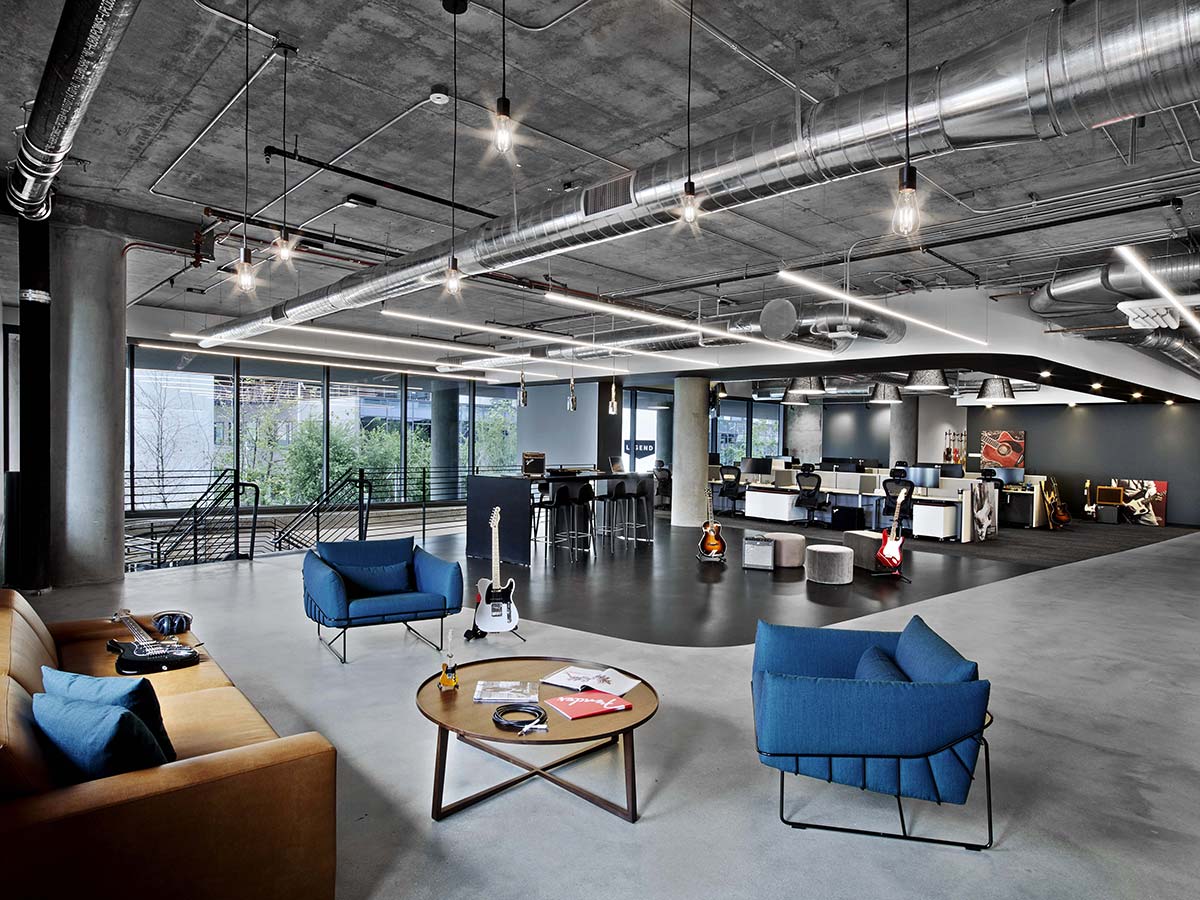
Can you explain your interdisciplinary approach and design process?
We believe that unless you are able to understand and clearly define the challenges that clients are facing and the context in which they sit, an elegantly designed solution will be fleeting. We also believe that defining and solving for complex problems across the globe require varied skill sets, points of view, and modes of thought. Because of this, our studios have been built on interdisciplinary agile teams. Our teams are made up of strategists, architects, interior, graphic and industrial designers, copy writers and producers of all sorts. This team works together in a flexible manner to design solutions that focus on the emotional connections, experiential touch-points and cultural outcomes rather than the mechanics of the delivery method. We utilize this process for work across industries, project types and cultures.
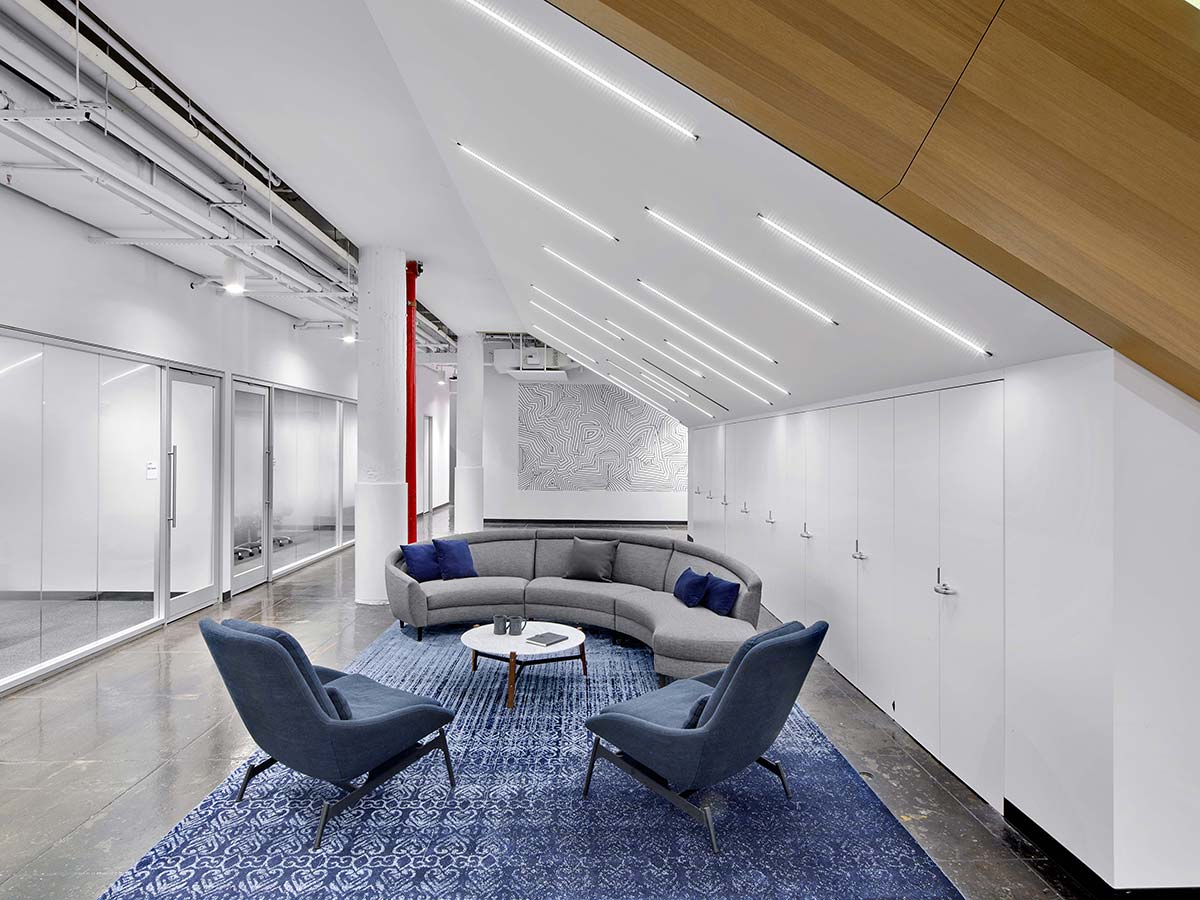
Office design has greatly evolved in the last decade. What has changed most and what has remained the same?
Workplace design has continued to evolve (as have retail and hospitality) with an increasing importance on building real connections between employees and the company they work for or loyal customers and their brand. This connection stems from the emotions that they take away and are driven by the experiences crafted in that brand’s name. Genuine, meaningful experiences need to be designed in a way that resonate as a true expression of what the brand means, why they exist and what is important to them. When spaces are designed to tell this story, to resonate strongly with the employee and the customer, they will feel like they are a part of something larger than themselves.
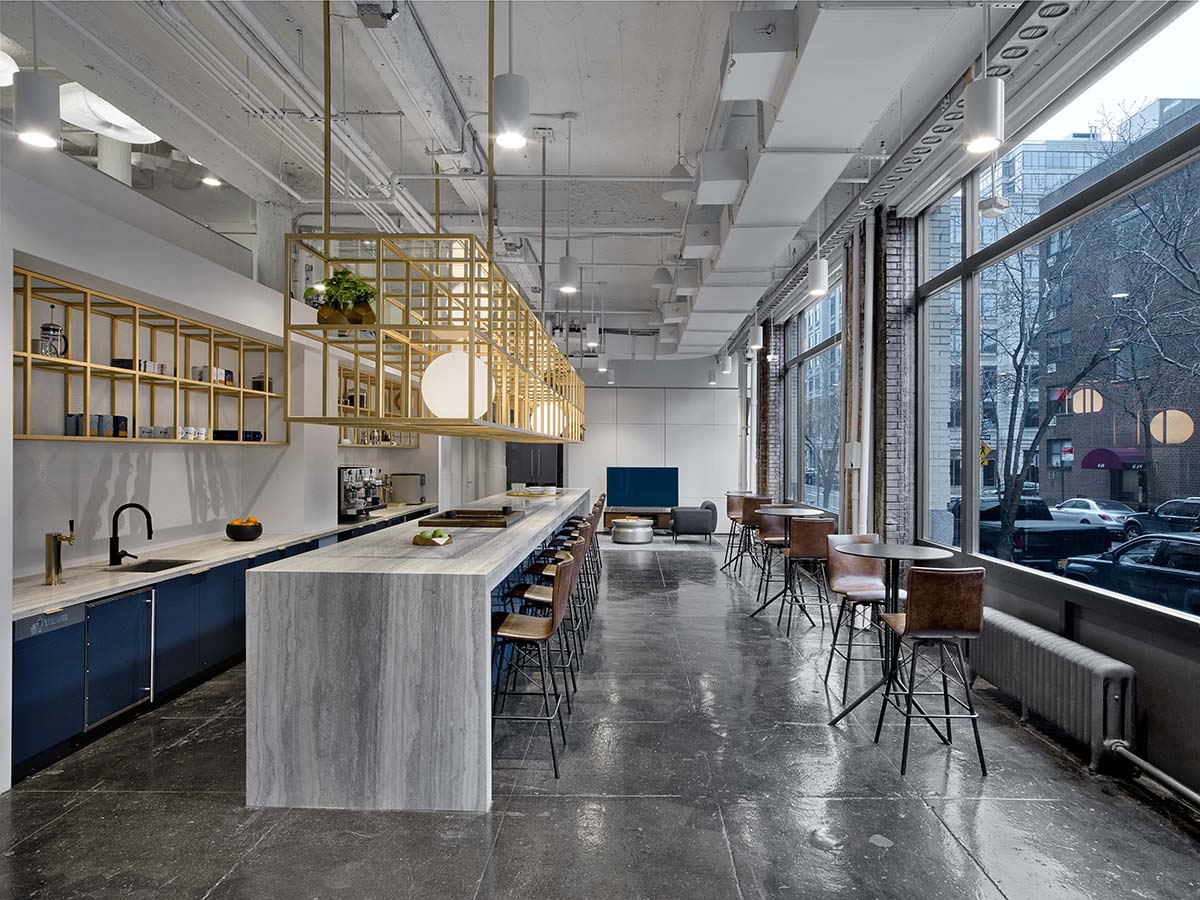
What can still be improved in a workplace environment?
As designers, we are always striving to make environments that resonate. As technologies advance and societal norms shift, spaces have become more important in the ecosystem of emotion and belonging. Improvements will continue to be needed in the seamless integration of all manners of connections – technological, cultural, spatial and emotional. In workplace design, we need to move beyond the idea that all design energies should go into the “gathering” spaces, while individual workspaces become parking lots for laptops. We look for real ways to design complete environments with meaningful individual workspaces as well as resonant communal and collaborative spaces.
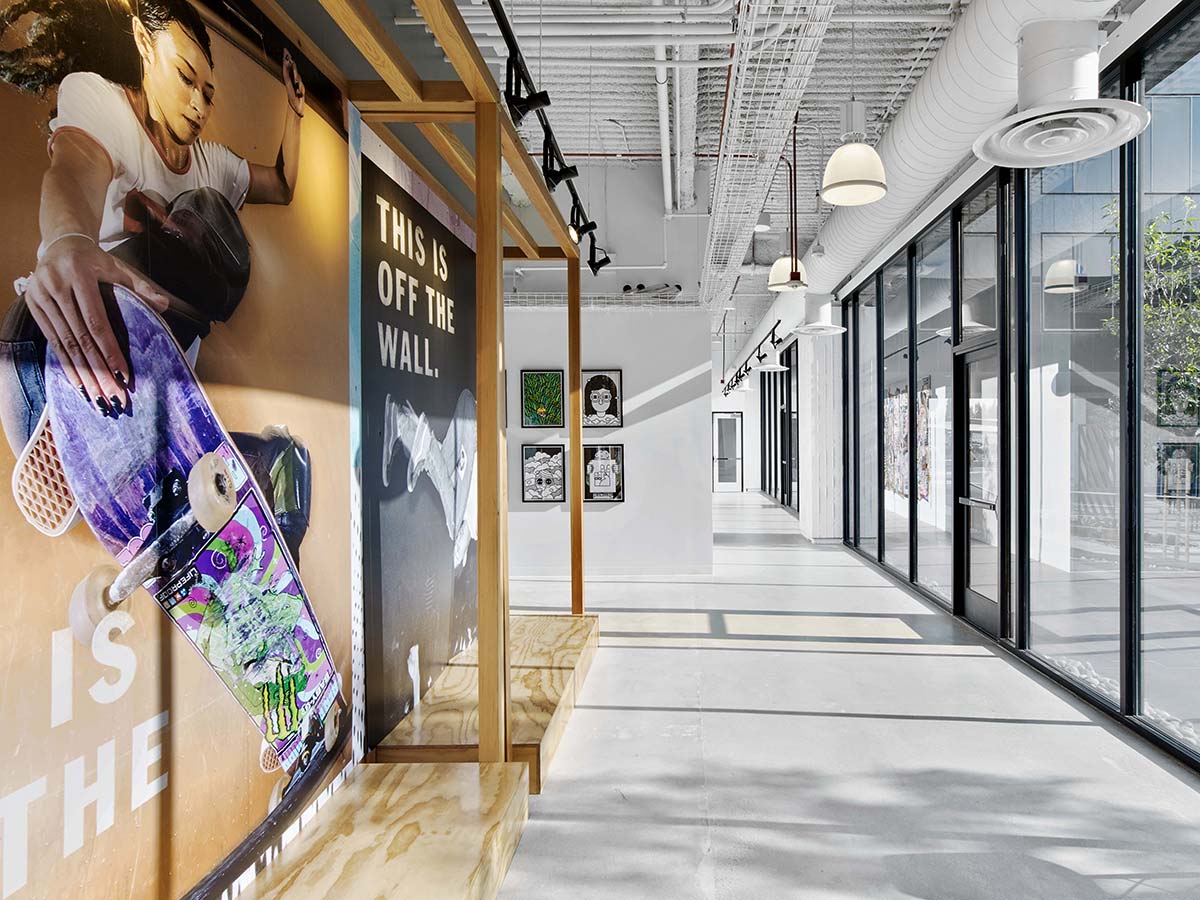
How does a space get to be a workplace and then “my own workplace”? How do you design this in relation to smartworking?
The real question is: how do you design a space that speaks to a brand story and company values and connects to each of its users in a meaningful way? We will continue to seek out the truths around this question. We feel that it is important to design spaces that allow for different personalities to feel comfortable, so that they can bring their best selves – variety in the workplace allows for this. We also feel that technology allows for more variety in an environment, allowing people to seek out the best place for them within the workplace as a whole.
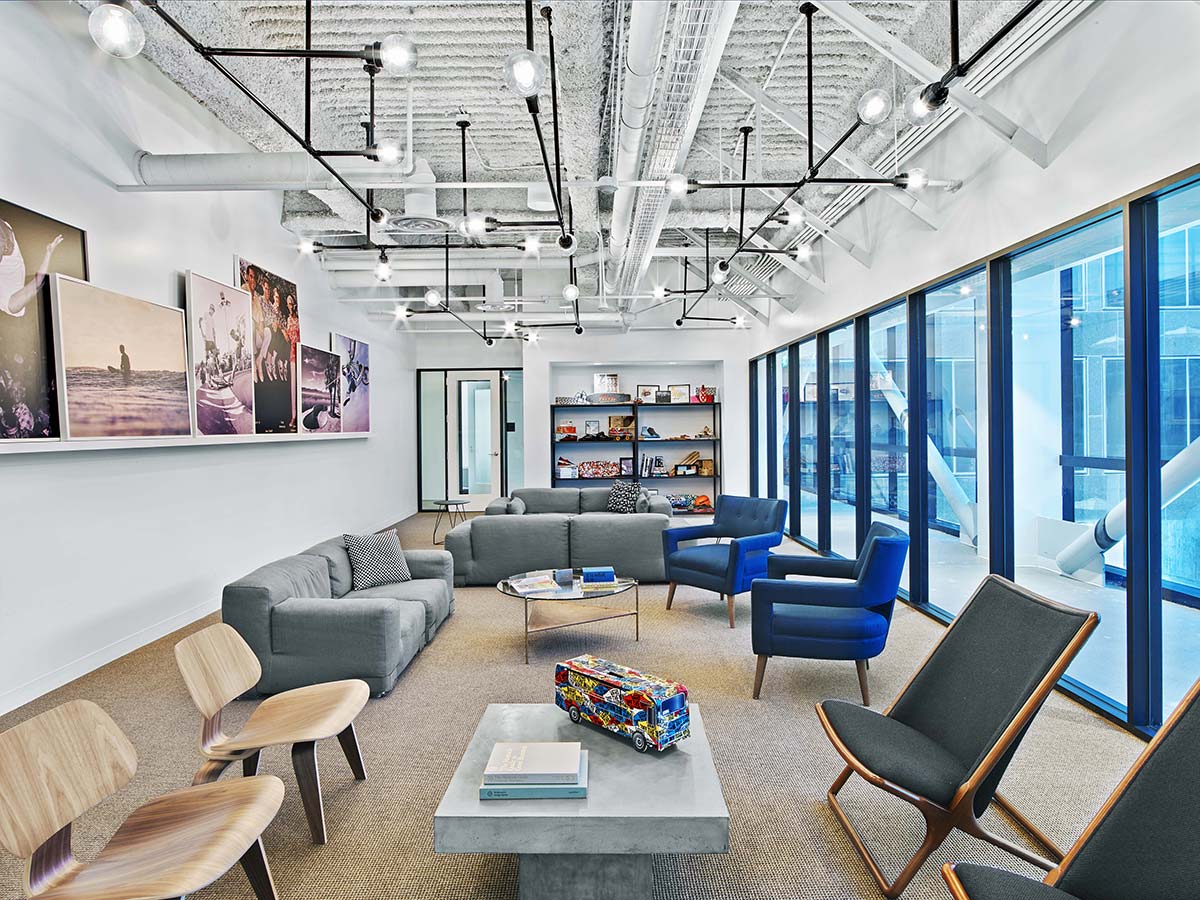
A workplace is a place of interaction, between people, between space and function, between space and people. How do you deal with this?
We have stopped thinking about workplace as a separate space type that has its own norms and standards. Instead, we started thinking about it the way we approach all space types. Fitness centers, hotel lobbies or pop-up retail spaces all need to resonate with their users. The difference lies in the amount of time one spends in each space and how deeply the connections can be made over time. Pop-up retail needs to connect to the individual in a much quicker timeframe. In contrast, workplace needs to be a space where people come together with a common goal for longer periods of time, and thus needs to be designed to foster those connections.
Is US approach to work environment design different from the European one?
It used to be that this was the case, but as workforces become more global and teams become more mobile, the physical differences have become minor. Today, the difference hinges on the cultural differences between a workforce in Tokyo and that of its cohort in San Francisco, Copenhagen, or Shanghai.

